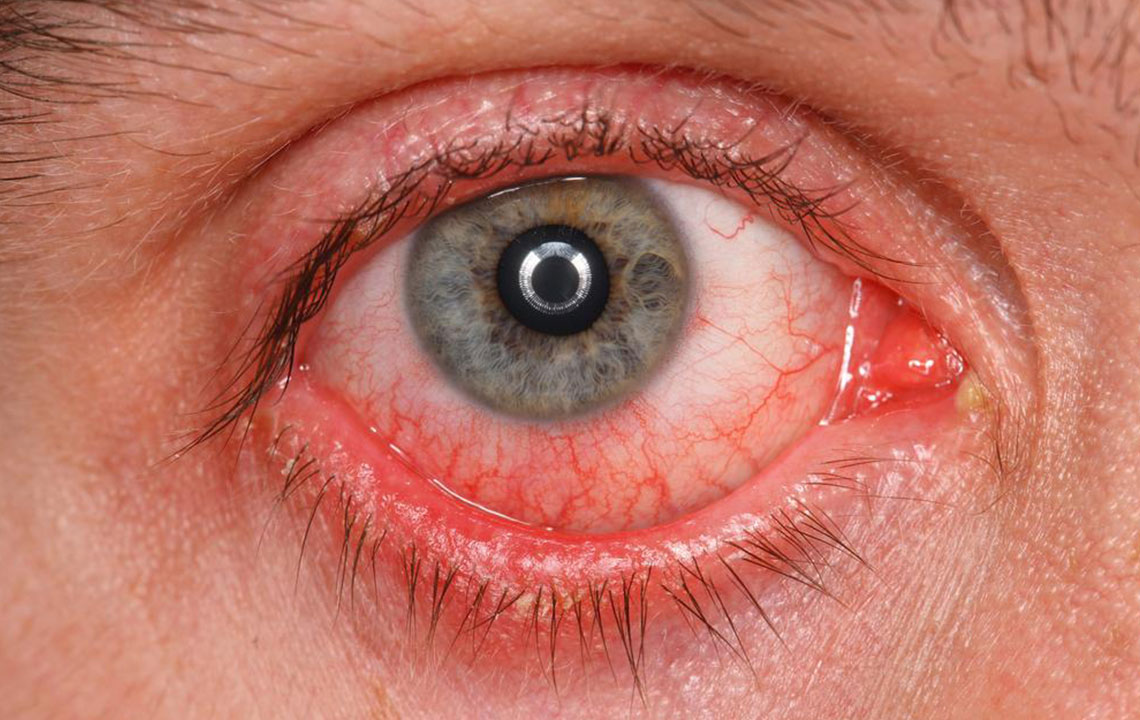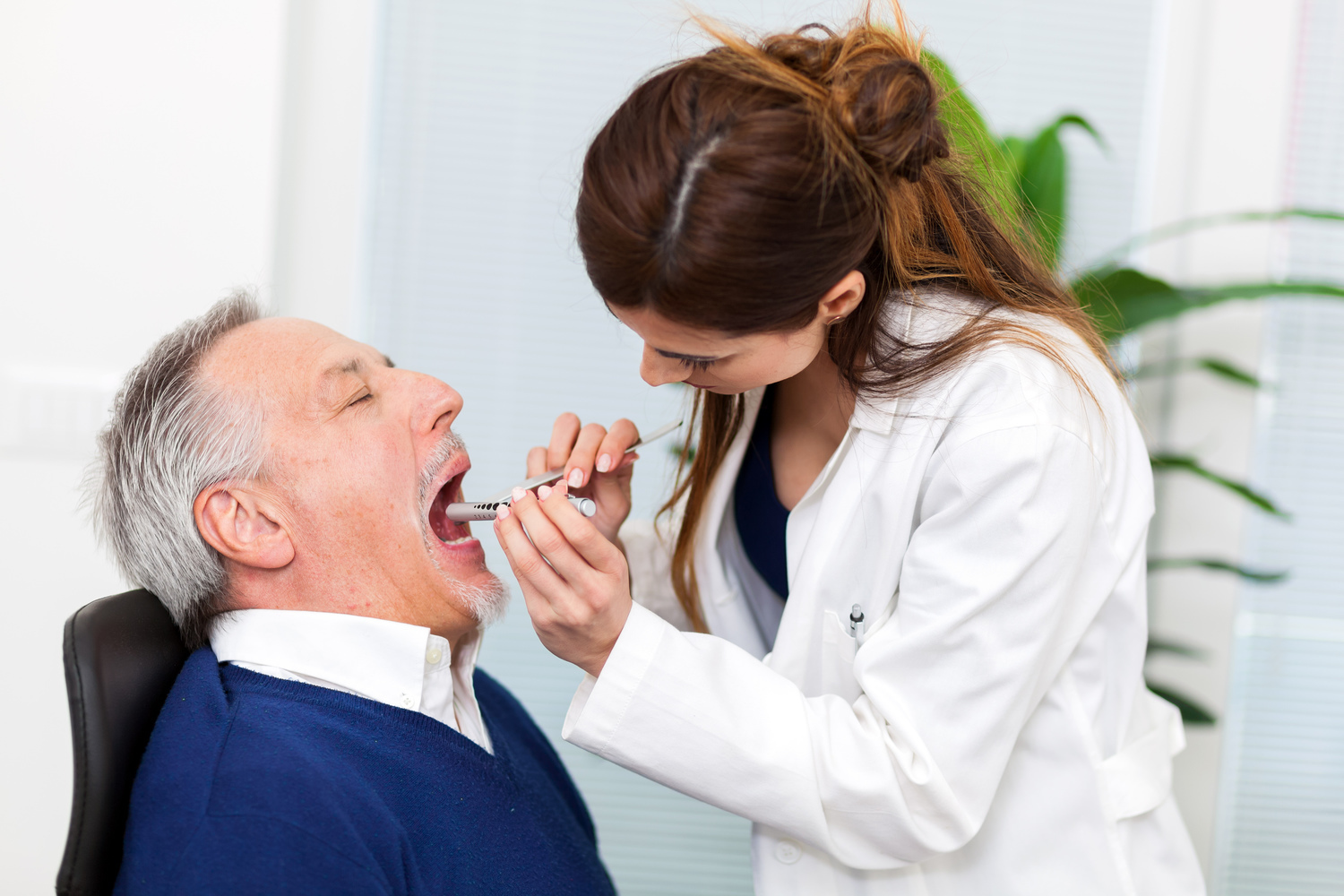Comprehensive Guide to Conjunctivitis: Symptoms, Causes, and Treatments
This article provides an in-depth overview of conjunctivitis, including its symptoms, causes, types, home remedies, preventive measures, and potential risks. Understanding these aspects helps in early detection and effective management of pink eye to prevent complications and transmission.

Conjunctivitis, commonly known as pink eye, is a prevalent condition affecting the eye's outer membrane. It manifests as redness, swelling, and irritation of the conjunctiva, the delicate tissue covering the eyeball and eyelids. While uncomfortable, it rarely causes lasting damage to vision. Accurate diagnosis and appropriate treatment can ease symptoms and curb transmission. Typically, conjunctivitis heals within 7 to 10 days, with treatment varying based on whether it’s caused by infection or allergies. Good hygiene practices and avoiding shared items are crucial for prevention.
Causes of Conjunctivitis
It can result from viral or bacterial infections. Environmental factors such as smoke, chemicals, fumes, wind, and sunlight can also provoke inflammation. Allergic reactions are another common cause, leading to irritation and swelling.
Types of Conjunctivitis
This condition is categorized as viral or bacterial, depending on its origin. Viral conjunctivitis, often caused by adenoviruses or herpes viruses, typically lasts 3 to 5 days but can extend up to three weeks if chronic. Symptoms include watery eyes, redness, eyelid swelling, itching, burning, and mucus discharge. Often, it resolves on its own, but good hygiene is vital to prevent spreading. In herpes cases, antiviral medications may be prescribed.
Bacterial conjunctivitis results from infections like Staphylococcus or gonorrhea. Symptoms include yellowish discharge, crusty eyelashes, swelling, and mild discomfort. Antibiotic eye drops usually clear symptoms within 2 to 3 days, reducing discomfort and risk of complications.
Home Care Recommendations
Remove contact lenses and switch to glasses if affected. Use warm compresses for viral or bacterial infections; cold compresses help with allergies. Use separate compresses for each eye to prevent cross-infection. Gently clean eye discharge with a clean tissue, wiping from the inner corner outward. Seek medical advice if symptoms last beyond 3-5 days or worsen.
Prevention Tips
Wash your hands thoroughly after touching your face or eyes and after applying eye drops.
Avoid eye makeup and disinfect or replace tools regularly.
Do not share eye makeup, towels, pillows, or personal items.
Refrain from wearing contact lenses during infection and avoid sharing lens accessories.
Wear protective eyewear outdoors to reduce exposure.
Practice proper hygiene when handling or applying eye medication.
Risks and Precautions
Although contagious, conjunctivitis does not threaten vision. Early detection and hygiene are key to preventing spread. If left untreated, it can cause ongoing discomfort or secondary infections.


